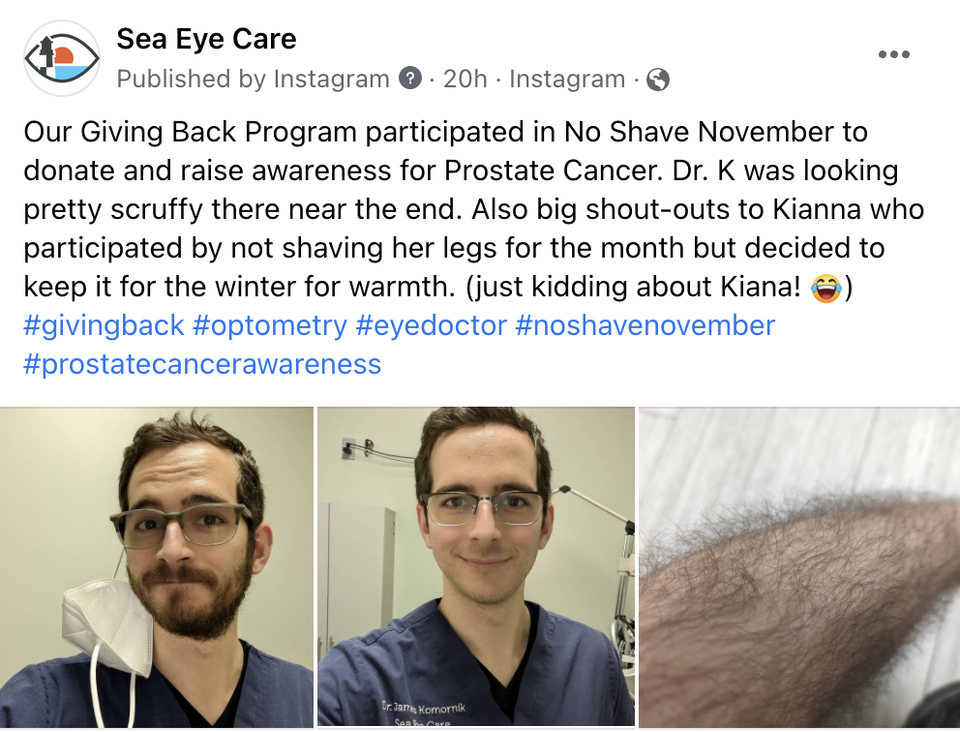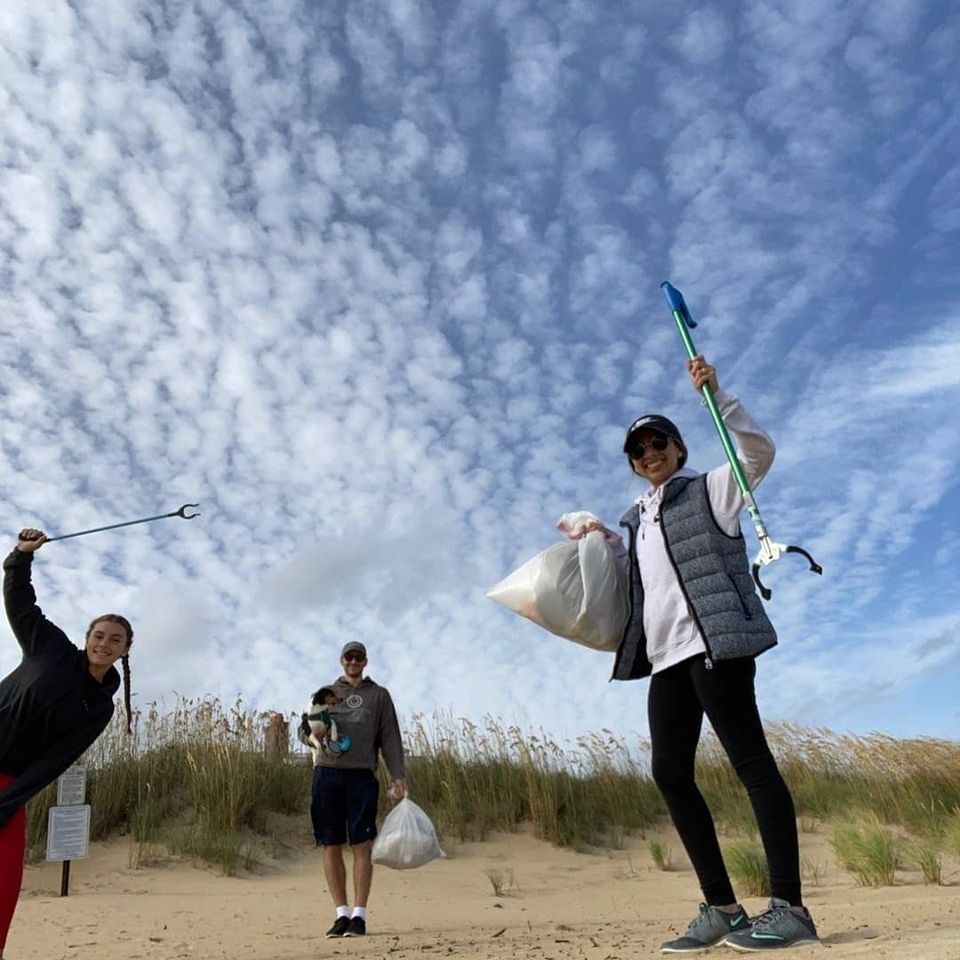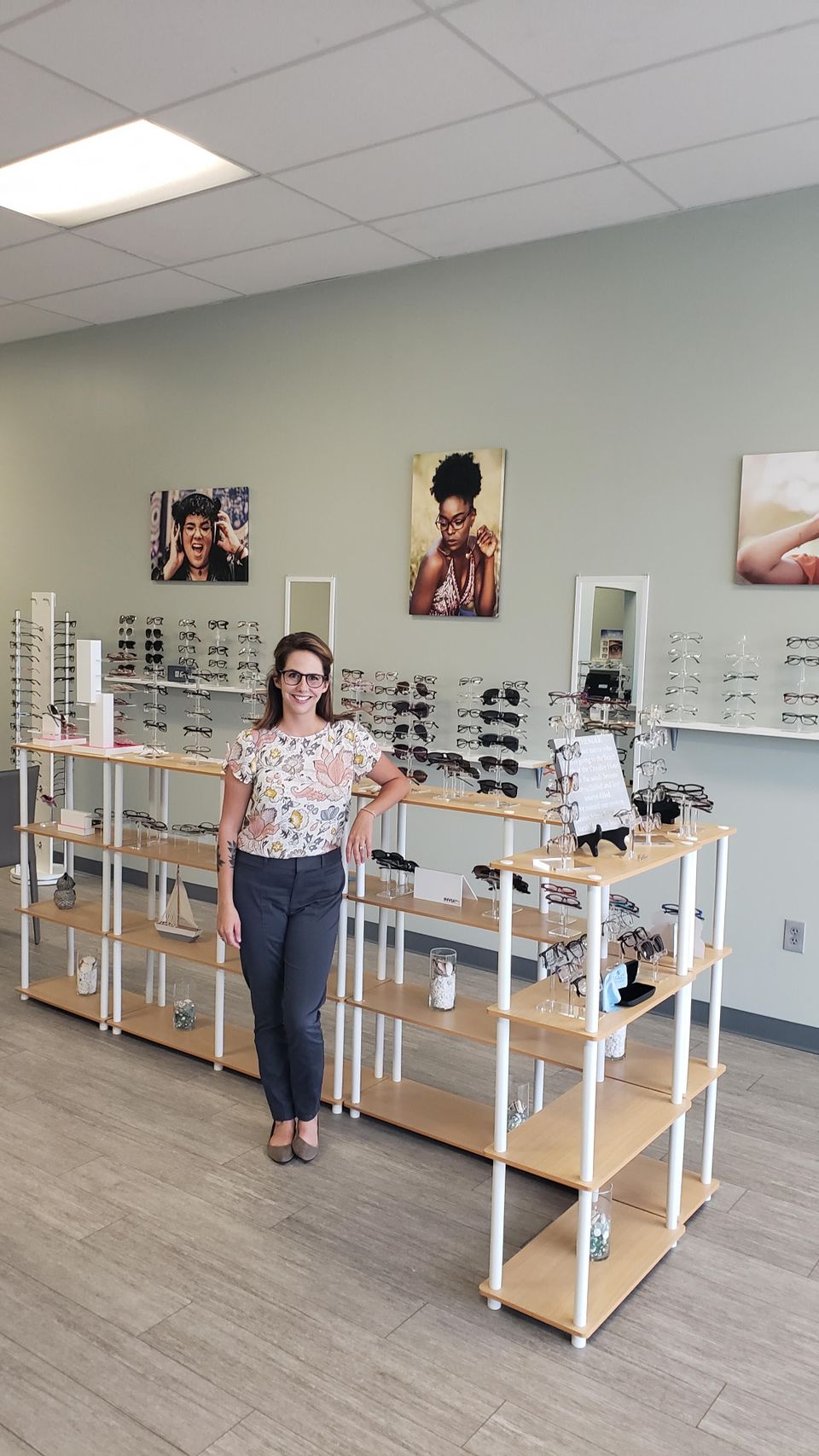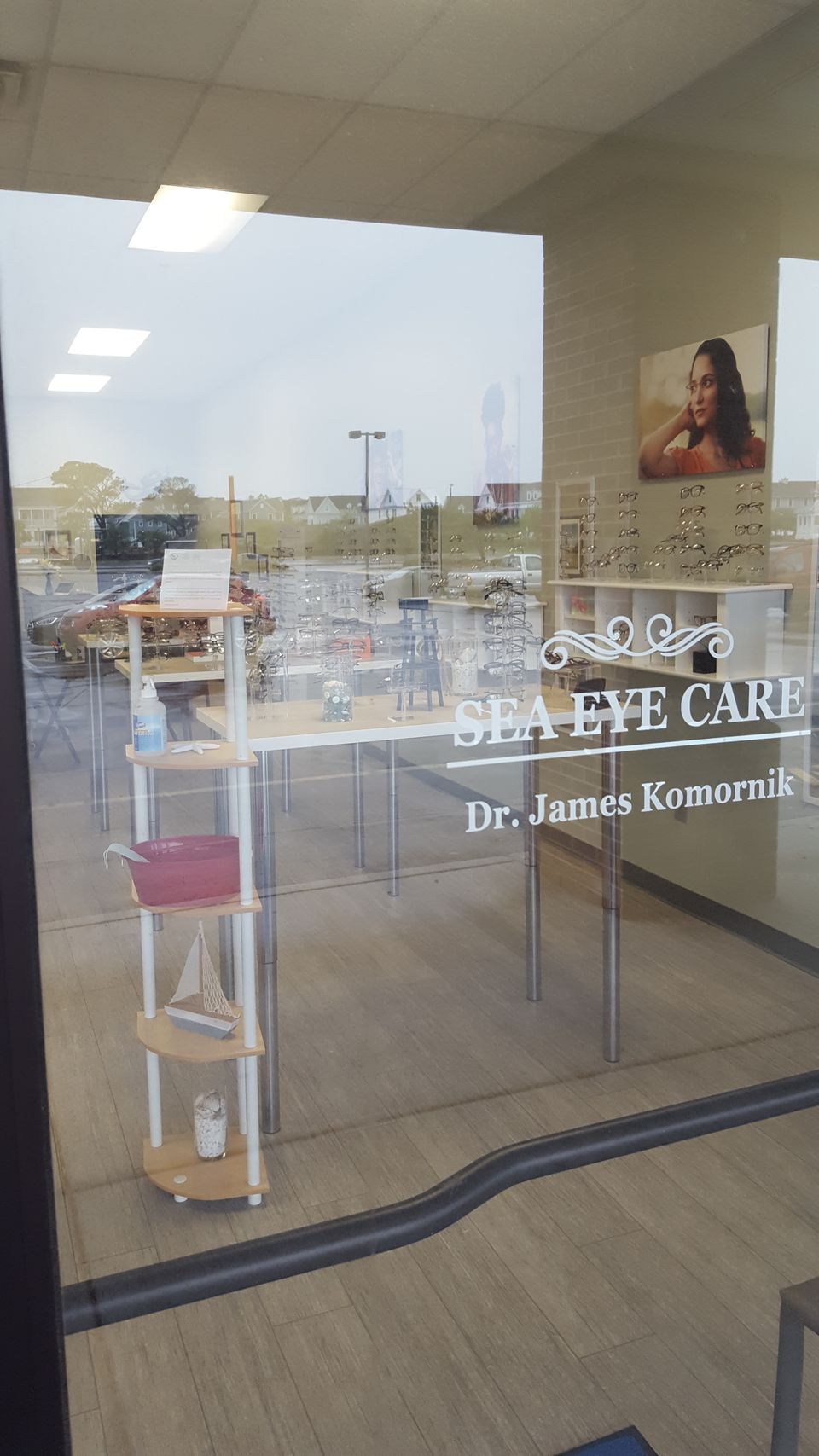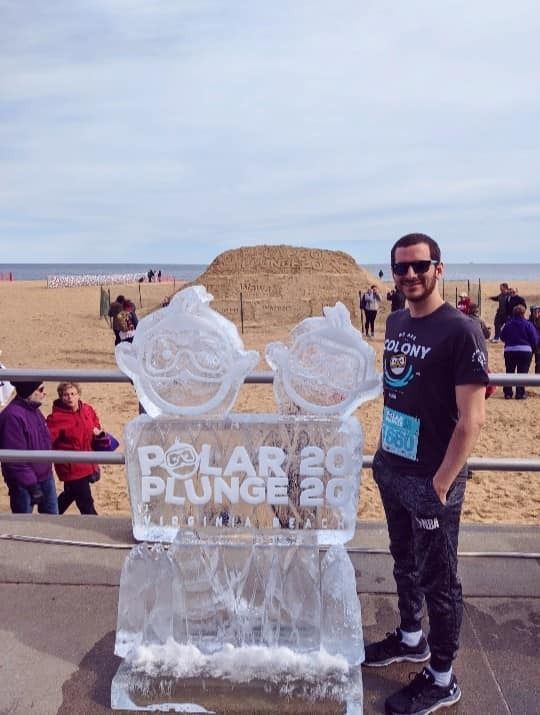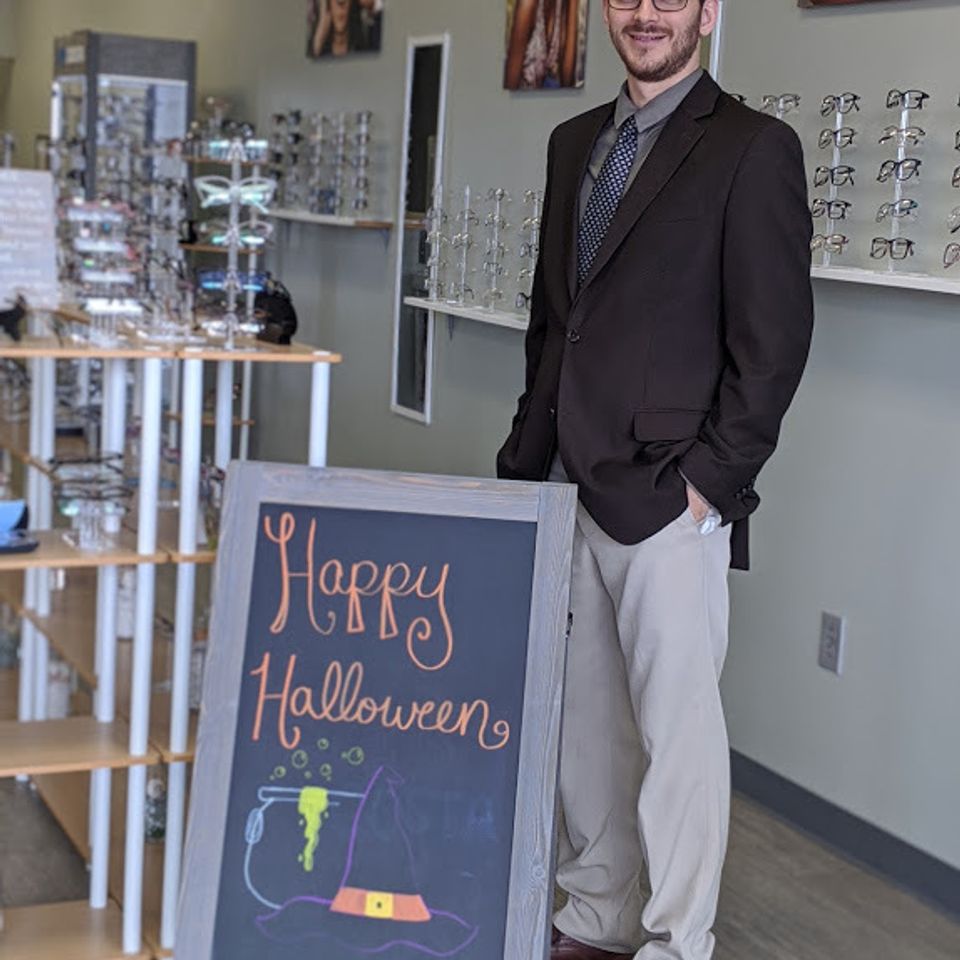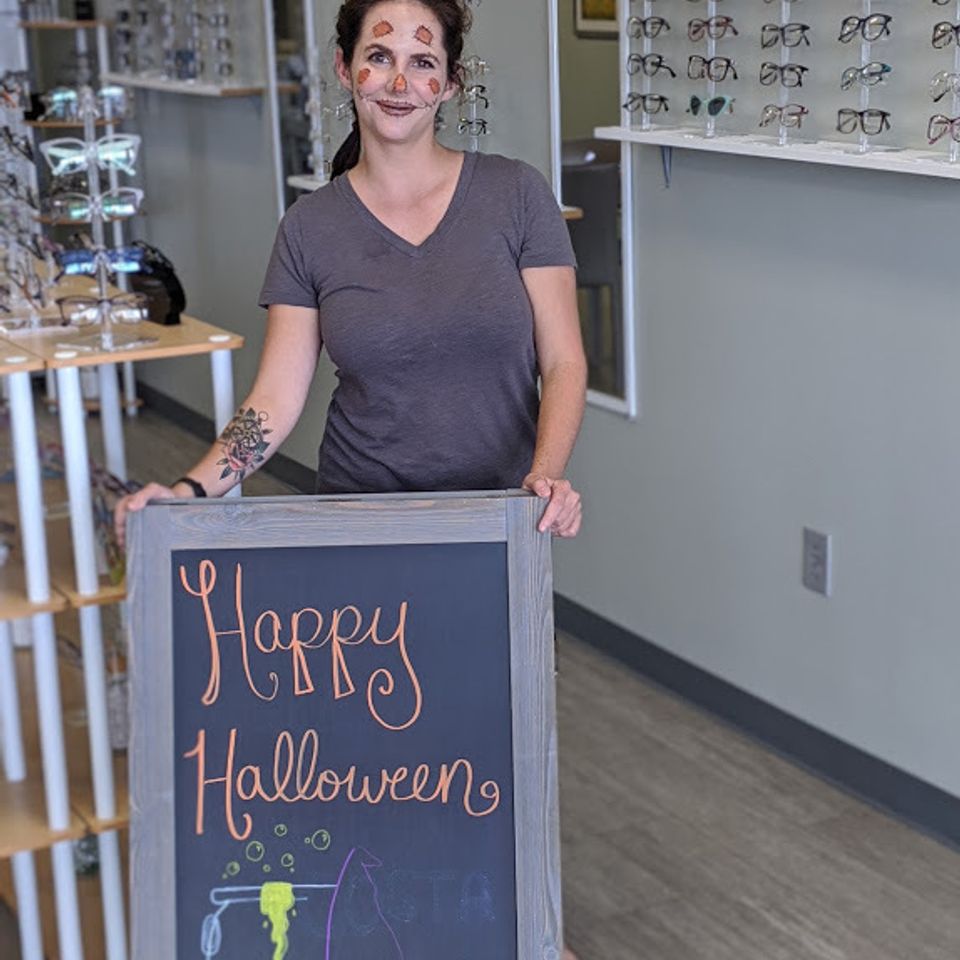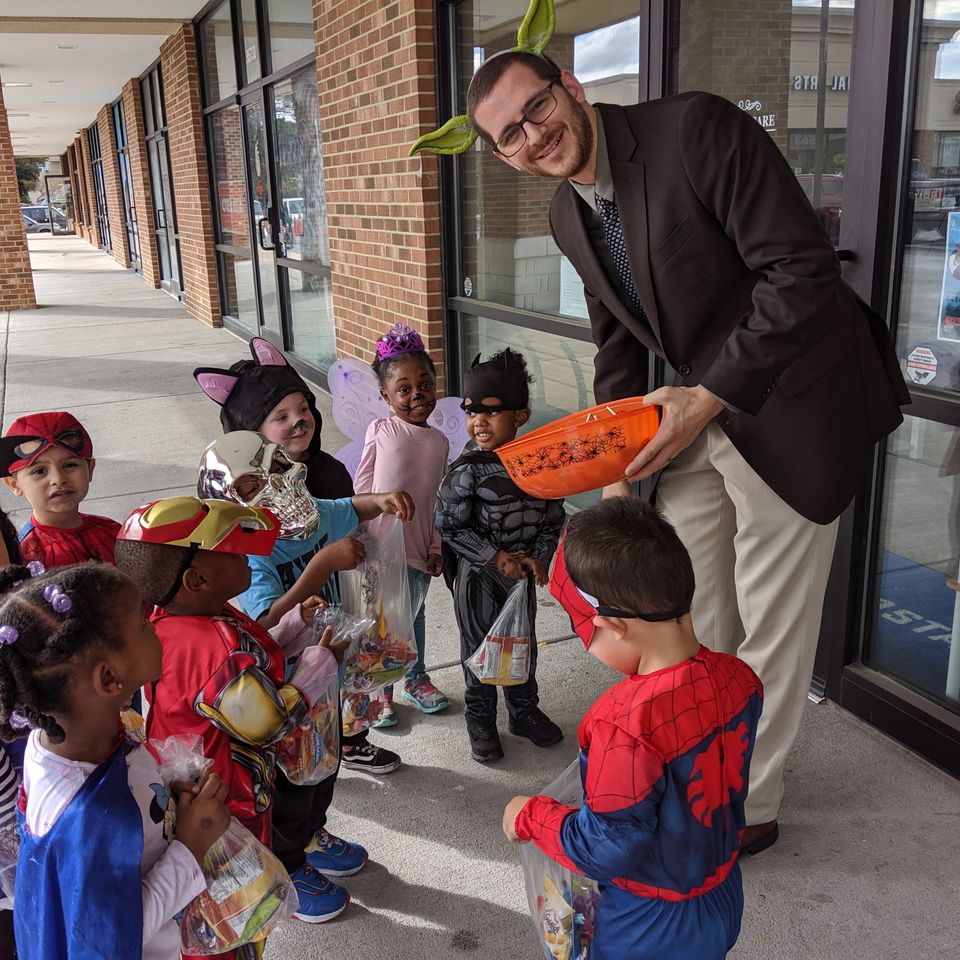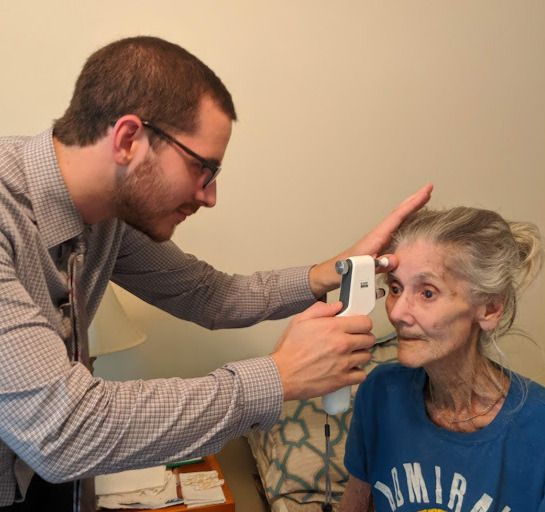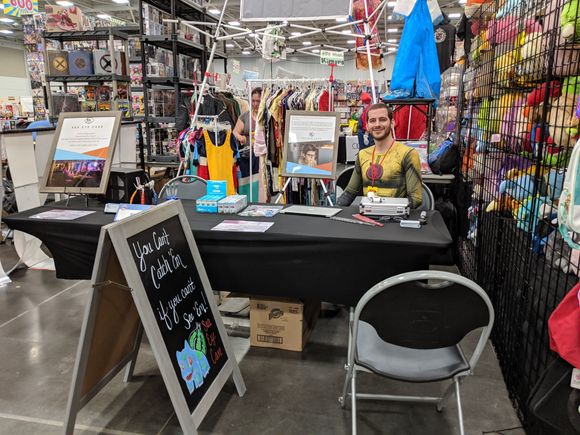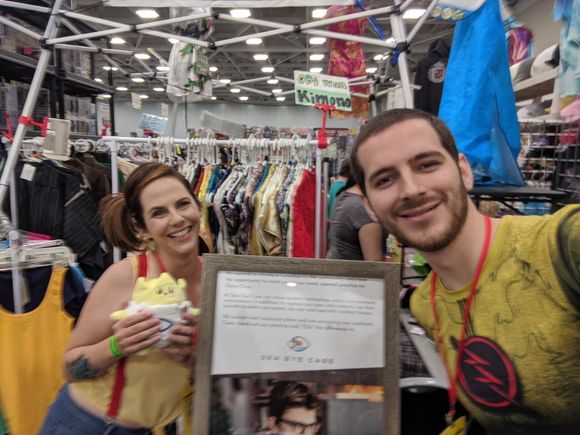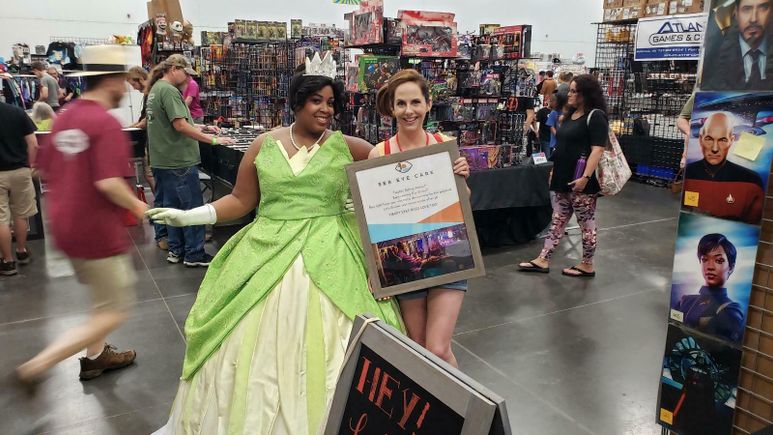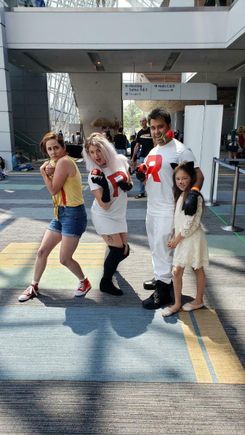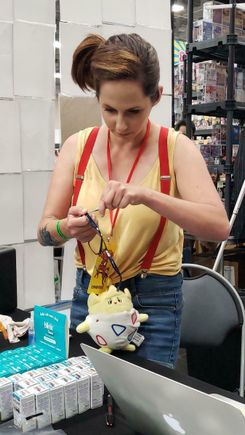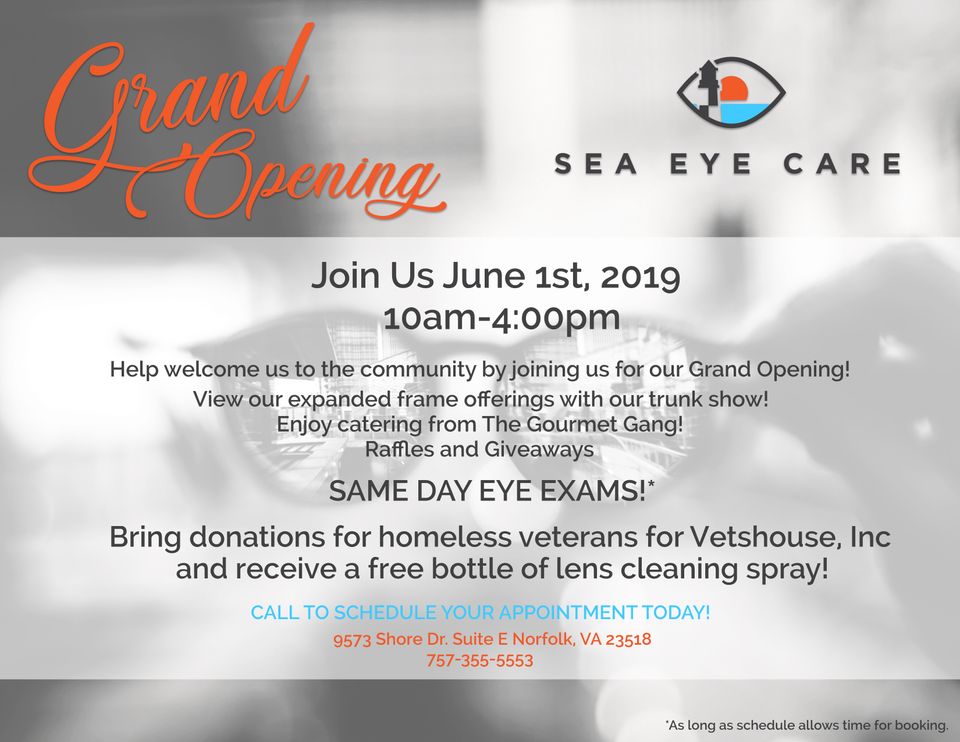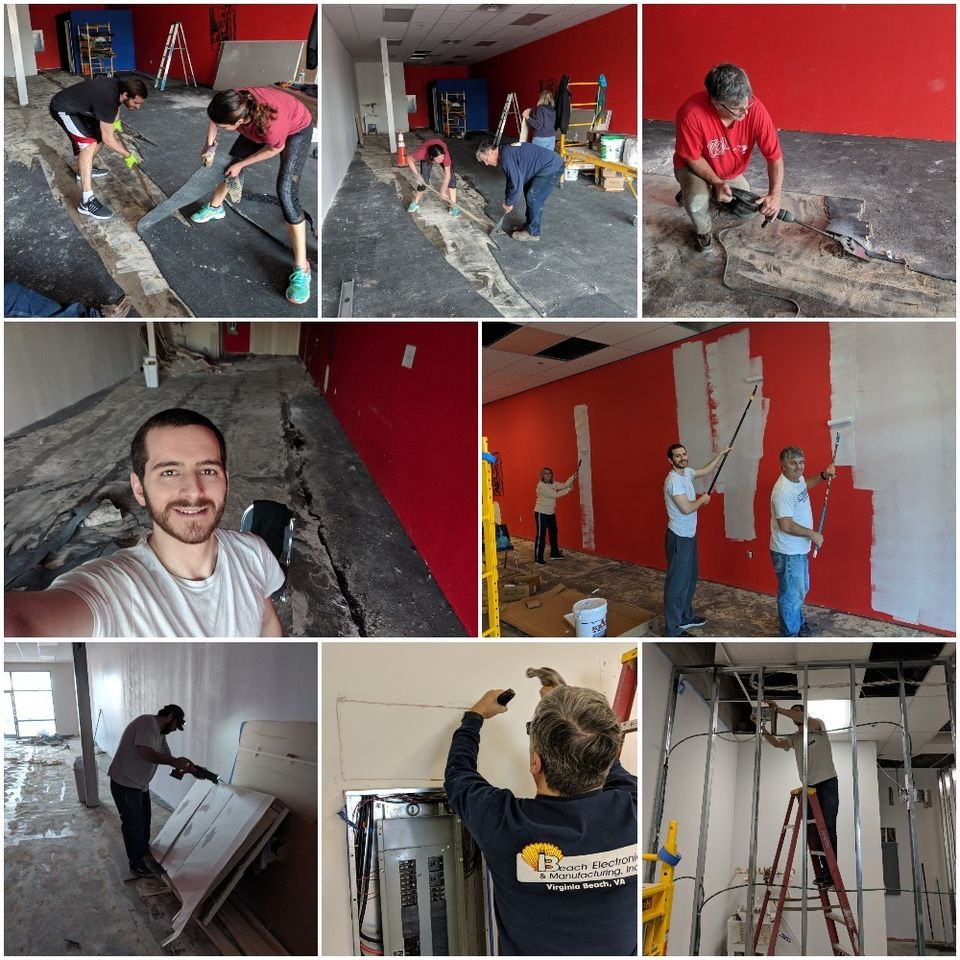Sea Eye Care had the pleasure of having a booth at the
Tidewater Comicon in Virginia Beach this year!
Why would an eye doctor's office have a booth at an event like this you might ask??Well, one of the most common complaints that Dr. Komornik hears about on a daily basis from gamers, streamers, and almost anyone who uses electronic devices before bed is
A. eyestrain and B. problems falling asleep.The reason for the eyestrain is that the backlight for most of these devices mostly uses wavelengths in the
blue spectrum. Blue light scatters more and this maybe associated with the eye strain. The perfect example of how blue light scatters more can be shown the sky. The sky is blue because "Rayleigh Scattering" occurs when the light from blue wavelengths scatters more off of particles and water vapor in the sky compared to other wavelengths.
When light scatters in the eye it can cause confusion to the visual pathway which may lead to eyestrain!
The main hype around blue light lately comes from its affect on circadian rhythm: which can affect your wake and sleep cycle. There are special cells in the retina (ip retinal ganglion cells) that project to an area of the brain (hypothalamus) that is responsible for peoples wake and sleep cycle.
So, using devices and other screens before bed may actually trick your brain into thinking you are outside enjoying nice sunlight and thus should stay awake longer. At Comicon we were discussing new ways to help these problems. There are yellow tinted glasses that are readily available in all stores and online which aim to block this blue light. Although they may have some success doing this-
they look terrible!At Sea Eye Care we have the newest of technology that most other shops and online retailers do not have accessible. This tech are lenses which block the blue light with a blue-blocking layer built into the lens
without making them look yellow.
Unfortunately, online retailers and some eye care offices try to use blue light to scare patients into buying products. At Sea Eye Care we practice
evidence based medicine and do not push products. To set the record straight that many misinformed in the eye care field are spreading false rumors about to the public:
1. Blue light from digital devices etc does not cause eye diseases like cataracts, macular degeneration, glaucoma, etc!
2.
Blueblocking anti-reflective coatings do not block enough bluelight to have any benefit towards your wake/sleep cycle. Many places will recommend these with that promise. Although at Sea Eye Care we do recommend anti-reflective coatings for their other benefits like cutting down glare and reflections.
In addition to discussing blue light with the attendees Dr. Komornik provided eye screenings while our optical manager Erika provided glasses adjustments and cleanings. It was a fun time and we met so many incredible people at the event!
Text us today at 804-505-4280 to learn more or schedule an appointment at our Norfolk office to discuss how your devices may be causing you problems and the options we have available!
James Komornik, OD
May 16, 2019


